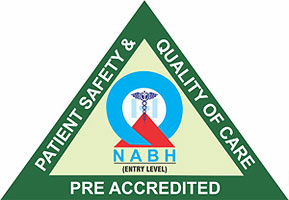+91-7291089674 (Bandra)
+91-7291092120 (Kandivali)




October 6, 2023 | Author: Admin
Phacoemulsification is a widely performed surgical procedure to remove cataracts and restore clear vision. While it is considered a safe and effective procedure, like any surgical intervention, it is essential to be aware of potential risks and complications. Phacoemulsification surgery is an advanced method that uses ultrasound energy to emulsify the nucleus, which is then removed through a micro-incision. Then, a tiny, flexible lens is put in the same spot. This whole process is quick, doesn’t need any stitches, doesn’t cause bleeding, and doesn’t hurt much. It helps you get better quickly.
In this article, we will discuss the risks associated with phacoemulsification, providing details for those considering or preparing for the procedure.
The following risk factors need to be considered before undergoing the phacoemulsification procedure:
The general risks of phacoemulsification may include:
Additionally, there is a long-term risk known as ‘secondary cataract’, which can develop at any time after the cataract surgery.
Regular follow-up appointments after surgery are crucial to monitor recovery progress and detect any potential complications early. If you experience any of these risks, it’s important to seek medical advice from an eye doctor promptly.
Minimizing the chances of post-surgery risks of phacoemulsification involves taking some precautions and following medical advice, which includes:
Phacoemulsification is a highly effective and safe procedure for treating cataracts and restoring clear vision. While risks are minimal, it is essential to be aware of potential complications and to have a discussion with your ophthalmologist. By understanding these risks and following post-operative care instructions diligently, you can increase the likelihood of a successful outcome and enjoy improved vision.
At Ojas – Eye Hospital in Mumbai, the eye surgeon will carefully evaluate each patient’s specific situation and make recommendations based on their individual circumstances. Always consult with our eye surgeon for personalized advice and recommendations.